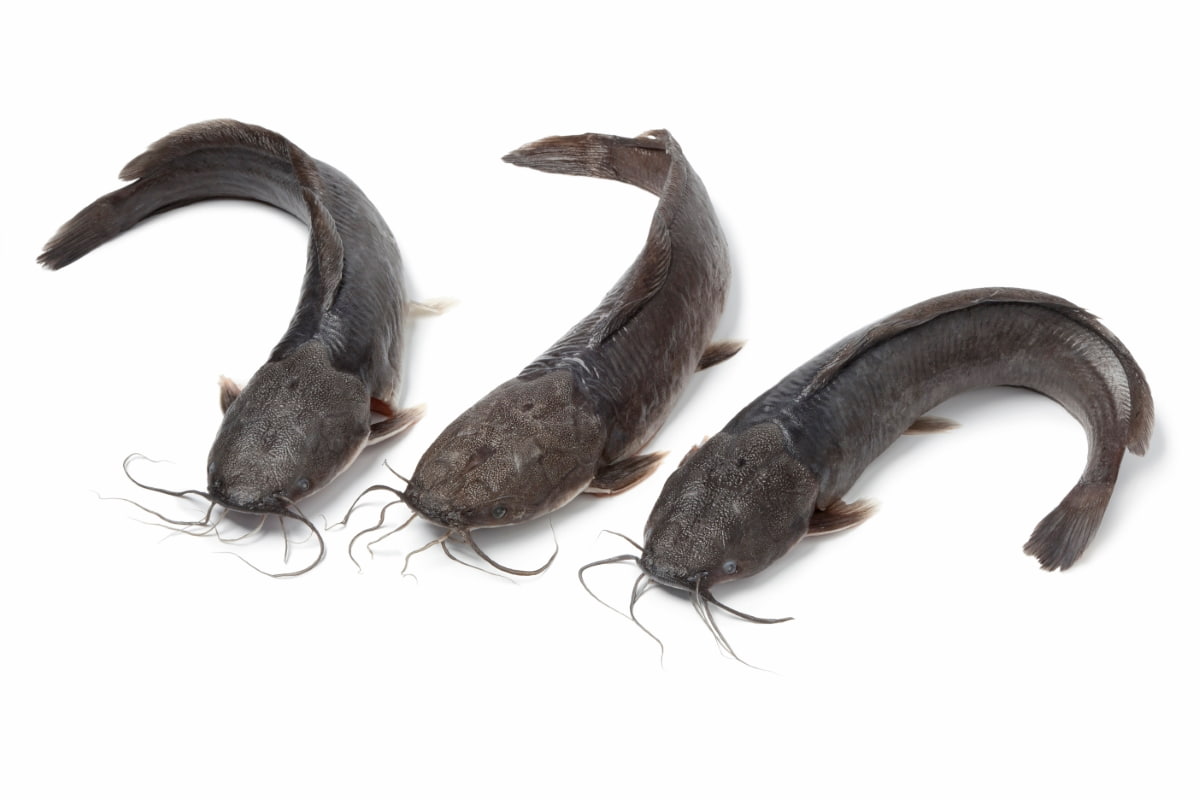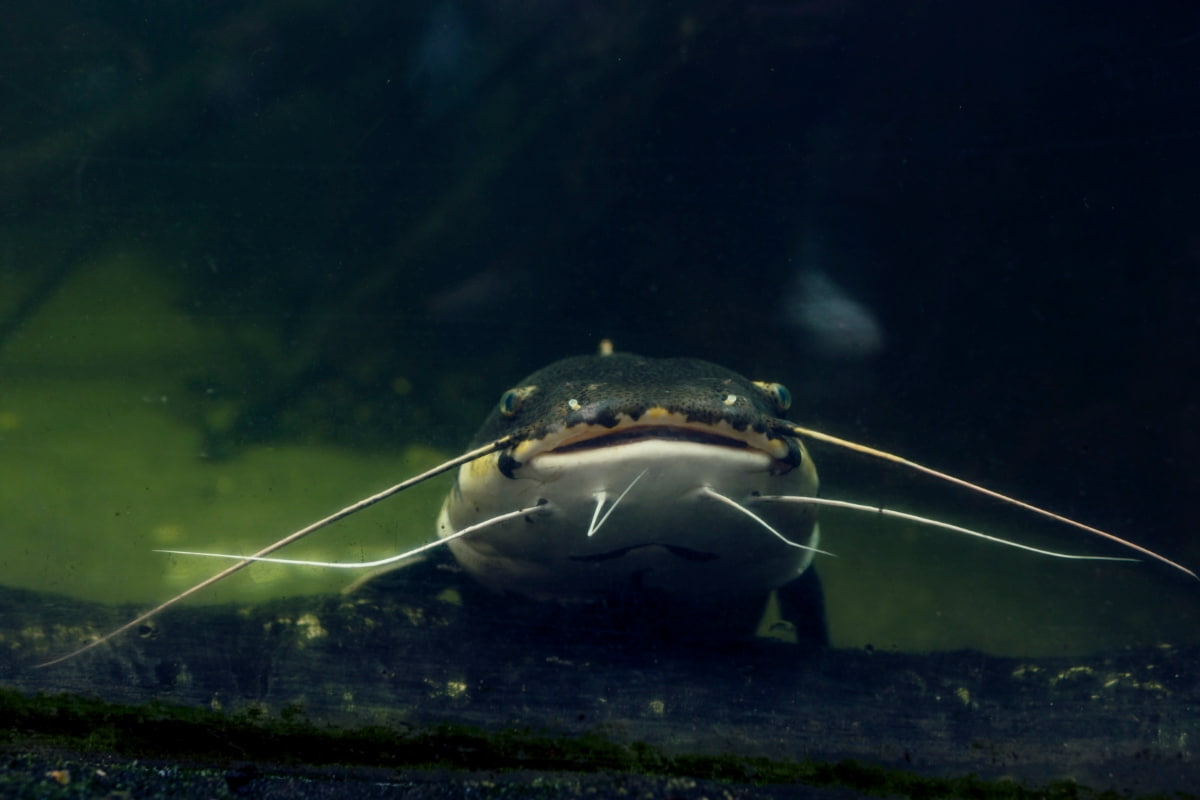The increasing global demand for fish and fish-based products has led to a surge in aquaculture farming worldwide. Catfish farming, a sector of the aquaculture industry, has been growing exponentially due to its profitable prospects and relatively easy management requirements. Contract farming, a partnership between farmers and buyers, has emerged as a promising business model. This article delves into the details of catfish contract farming, discussing its benefits, requirements, profitability, and other pertinent aspects.

Benefits of Catfish Contract Farming
The benefits of catfish contract farming are numerous and span multiple dimensions. One primary advantage lies in the risk distribution between farmers and buyers. In a contract farming scenario, farmers are assured of a ready market for their produce, reducing their marketing risk. On the other hand, buyers or processors benefit from a steady supply of quality catfish for their operations.
Additionally, contract farming can enable farmers to access credit, inputs, and technical advice from their contract partners, significantly enhancing their productivity and operational efficiency. Furthermore, this business model promotes sustainable farming practices by providing incentives for maintaining quality and adhering to approved farming methods.
Catfish Contract Farming Process
Catfish contract farming involves several stages: pre-production, production, and post-production. During the pre-production stage, contractual agreements are established between the farmer and the buyer. This agreement outlines the responsibilities of each party, the pricing mechanism, and quality standards, among other key details.
The production stage involves preparing the pond, stocking catfish fingerlings, and managing the farm, which includes feeding, monitoring, and maintaining water quality. In the post-production phase, the mature catfish are harvested, inspected for quality, and sold to the buyer as stipulated in the contract.
Advantages of Catfish Contract Farming
In addition to the benefits discussed earlier, catfish contract farming brings many other advantages. Contract farming can stimulate rural development and generate employment, thus contributing to local economies. It can also facilitate technology transfer as buyers often provide technical assistance to farmers to ensure product quality and quantity.
This interaction often leads to improved farming techniques and increased yields. Another key advantage is market access. Contracts often link small-scale farmers to large buyers who operate in domestic or even international markets. Such linkages can enhance farmers’ incomes and livelihoods significantly.
Requirements of Catfish Contract Farming
To venture into catfish contract farming, several requirements need to be met. First and foremost, appropriate land or pond facilities are necessary for catfish rearing. The water source should be clean, and the soil should be conducive to holding water. Secondly, farmers require an initial capital investment to procure catfish fingerlings, feed, and other necessary equipment. Further, they need to possess or acquire basic aquaculture management skills. Farmers also need a legally binding contract with a buyer, which stipulates the terms and conditions of the business relationship.
Catfish Contract Farming Profitability
Several factors, including market prices, production costs, and productivity influence the profitability of catfish contract farming. Favorable market prices and high productivity levels can increase profitability, while high production costs can diminish it. However, with contract farming, farmers can secure a pre-determined price for their produce, reducing their exposure to price fluctuations. Further, by employing good farming practices and efficient management techniques, farmers can enhance their productivity and minimize production costs, thereby improving profitability.
Business Model for Catfish Contract Farming
In a typical catfish contract farming business model, a buyer (often a processing company or a large retailer) enters into a contract with one or more farmers. The buyer agrees to purchase the farmer’s produce (in this case, catfish) at a pre-determined price and often provides the farmer with inputs such as catfish fingerlings and feed and technical assistance.
In case you missed it: How to Start Catfish Farming in 10 Steps: DIY Guide for Beginners

The farmer, in turn, agrees to produce catfish according to specified methods and standards and to sell the catfish exclusively to the buyer. This model helps ensure a steady supply of catfish for the buyer and a ready market for the farmer, providing win-win benefits for both parties.
Catfish Contract Farming Challenges
Despite its numerous benefits and advantages, catfish contract farming presents challenges. One potential issue is that farmers may face financial risks if production costs exceed the pre-determined contract price or encounter unforeseen challenges, such as disease outbreaks that affect productivity. Furthermore, there may be power imbalances between small-scale farmers and large buyers, potentially leading to exploitative contracts. Additionally, ensuring compliance with quality standards can be challenging, particularly for small-scale farmers lacking technical expertise.
Best Practices for Catfish Contract Farming
Several best practices can be implemented to overcome these challenges and optimize the benefits of catfish contract farming. These include providing training and technical support to farmers to improve their farming techniques and productivity. Regular monitoring and communication between contract partners can help ensure adherence to quality standards and facilitate problem-solving.
It is also essential to develop fair and transparent contracts that protect the interests of both farmers and buyers. Lastly, promoting sustainable farming practices can enhance the long-term viability and profitability of catfish contract farming.
Catfish Contract Farming Agreements
The foundation of catfish contract farming is the contractual agreement between the farmer and the buyer. The agreement must be binding and clearly define each party’s responsibilities and rights. It should specify details such as the quantity and quality of catfish to be delivered, the pricing mechanism, payment terms, and dispute resolution procedures. Importantly, the contract should be fair and balanced, protecting the interests of both parties.
Market Demand for Catfish Contract Farming
The market demand for catfish is growing, driven by increasing consumer preference for fish as a source of protein and the expanding food processing industry. This demand creates significant opportunities for catfish contract farming. The contractual model can enable buyers to secure a steady supply of catfish to meet market demand, while farmers can access larger markets and receive better prices for their produce.
In case you missed it: Sweet Harvest: Empowering Farmers through Stevia Contract Farming

Additionally, the growing interest in sustainable and traceable food sources can increase the demand for catfish produced through contract farming, as this model promotes adherence to quality standards and sustainable farming practices.
Conclusion
Catfish contract farming presents a promising business model that substantially benefits farmers, buyers, and local economies. By ensuring a ready market for farmers and a steady supply for buyers, contract farming can enhance profitability, stimulate rural development, and contribute to sustainable aquaculture practices.
However, the successful implementation of this model requires attention to key aspects such as fair contract design, farmer training, and quality control. Catfish contract farming can thrive and contribute significantly to the global aquaculture industry with appropriate strategies and best practices.
- Feed Your Flock for Less: Top 10 Tips to Save on Chicken Feed
- Ultimate Guide to Ossabaw Island Hog: Breeding, Raising, Diet, and Care
- Hatching Answers: The Top 10 Reasons Your Chickens Aren’t Laying Eggs
- Eggs and Economics: Breaking Down the Cost of Raising Backyard Chickens
- Defend Your Greens: Proven Methods to Keep Iguanas Out of Your Garden
- Ultimate Guide to Cinnamon Queen Chicken: A Comprehensive Guide for Beginners
- Ultimate Guide to California Tan Chicken: Breeding, Raising, Diet, Egg-Production and Care
- Ultimate Guide to Marsh Daisy Chicken: Breeding, Raising, Diet, and Care
- 10 Types of Chicken Farming Businesses You Can Start for Profits